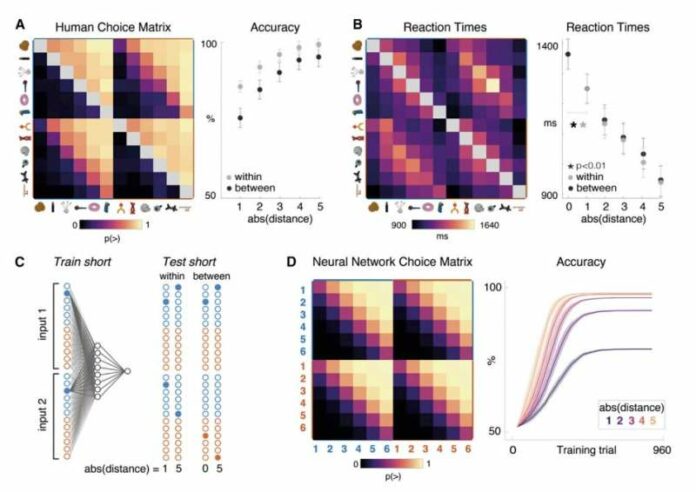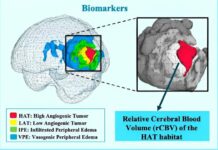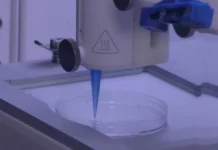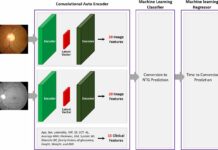With the introduction of artificial neural networks (ANNs). Computational tools inspired by the structure and function of neural networks in the brain. The study on this issue has been slightly more intense in recent years. A greater understanding of the neurological processes that enable successful knowledge assembly in humans could eventually help to alter the design of ANNs. In addition, increase their performance on tasks that can benefit from this capability.
Comparison Between The Human Brain And ANNs
Concurrently, some researchers have begun to compare how the human brain approaches specific tasks to these processes. They underlie the operation of ANNs. These comparisons may reveal intriguing parallels between AI and the human brain, which could benefit both neuroscience and computer science research.
A group of researchers at the University of Oxford recently conducted an intriguing study that focused on the assembly of information by the human brain and ANN-based computational models. Their work, published in Neuron, identifies a strategy that could aid in improving knowledge construction in AI technologies.
Stephanie Nellie, Lukas Braun and their colleagues wrote in their paper
Human understanding of the world can change rapidly when new information comes to light, such as when a plot twist occurs in a work of fiction,
This flexible ‘knowledge assembly’ requires few-shot reorganization of neural codes for relations among objects and events. However, existing computational theories are largely silent about how this could occur.”
How does the human brain assemble knowledge?
The researchers conducted a series of studies with 34 volunteers to study how the human brain assembles knowledge. The participants completed a computerized exercise in which they had to make decisions regarding fresh things on a screen.
The participants’ brains were scanned using a functional magnetic resonance imaging (fMRI) scanner as they completed this exercise. This imaging technique detects minute changes in blood flow caused by brain activity.
Nellie, Braun, and their colleagues explained in their paper.
Participants learned a transitive ordering among novel objects within two distinct contexts before exposure to new knowledge that revealed how they were linked,
Blood-oxygen-level-dependent (BOLD) signals in dorsal frontoparietal cortical areas revealed that objects were rapidly and dramatically rearranged on the neural manifold after minimal exposure to linking information.”
Essentially, Nellie, Braun, and their colleagues discovered that participants learned new information about objects and their relationships. Using these findings, the team attempted to duplicate a similar process in an ANN-based computer model.
Their method enables the model to swiftly integrate and reassemble information. It accomplishes this by an adaption of online stochastic gradient descent, a technique used in computational models to enable progressive and online learning.




